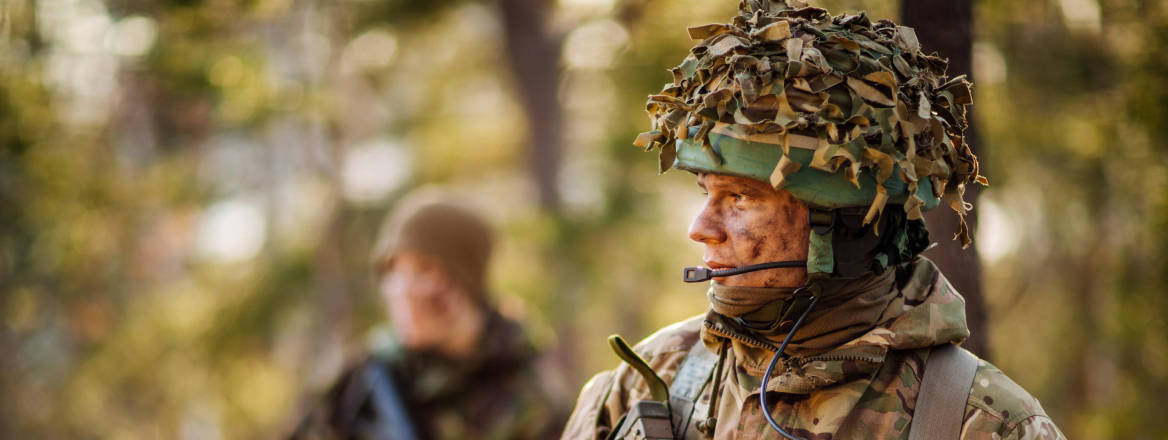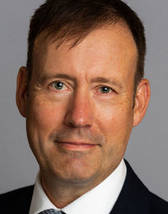Management of Defence After the Levene Reforms: What Comes Next?
Organisational change is needed for the Ministry of Defence to direct an integrated set of military efforts.
The armed forces of the UK were created as separate bodies at different points in history. But for more than a century, governments have recognised that the different services needed to be more effectively coordinated and, in some respects, integrated. The high-level organisation of defence has been a regularly changing picture. This paper is a reminder of the major steps that have been taken and the drivers behind them.
The pressures on the Ministry of Defence (MoD) to be more efficient and effective are unrelenting and the paper anticipates that the Integrated Review, underway in the summer of 2020, will seek to address all aspects of defence with such considerations in mind.
The arguments presented give substantial weight to two considerations:
- The first is that successive policy reviews have allocated a broad range of missions and tasks to the country’s armed forces while, at the same time, making only limited resources available. In this case, there is a need to generate a coherent pattern of prioritisation across defence.
- The second is that technological advances, especially in electronics and computing, which have transformed surveillance and communications, are putting the ability to generate and exploit information at the centre of military capability. The systems that generate, move, analyse and protect information are prevalent in all five operating environments: on and under water, on land, in the air, in space and in cyberspace.
Reconciling these two considerations within a defence operating model that underlines the separate nature of armies, navies and air forces is challenging. Tracing the development of Joint Forces Command (now Strategic Command), the paper recognises that there have been steps to strengthen the UK’s pan-defence perspective but notes the limited possibilities for even senior staff in joint roles to direct the single services.
The paper asserts that organisational change is needed to redefine the MoD Head Office’s role as, first and foremost, a department of state. Such change would be facilitated by equipping it with suitable military and civilian staff to direct and cohere all defence activity, by clarifying its relationship with Strategic Command, and by emphasising that Strategic Command should be the directing mind to which the single services would be subservient. The appointment of single service chiefs at three-star, rather than four-star, rank would underline this message. Indeed, the authors observe that the whole US Marine Corps, which is larger than the UK armed forces combined, is commanded by a single, four-star officer.
In many ways, the heart of the issue lies with the cultures of the three services, which emphasise their separate histories and competitions for resources. At a time when the government is seeking to integrate the activities of its foreign policy, aid and defence sectors, and to assert that defence should make an appropriate contribution to the national prosperity, it is surely incumbent on the MoD to direct an integrated set of military efforts. To promote a stronger orientation among middle-ranking and senior officers to think in defence terms, rather than simply in the interest of their single service, the paper also proposes centralised career management for all officers above lieutenant colonel (and its Royal Navy and RAF equivalents).
WRITTEN BY
Trevor Taylor
Professorial Research Fellow
Military Sciences
Air Commodore (Ret’d) Andrew Curtis OBE
RUSI Associate Fellow, Military Sciences



